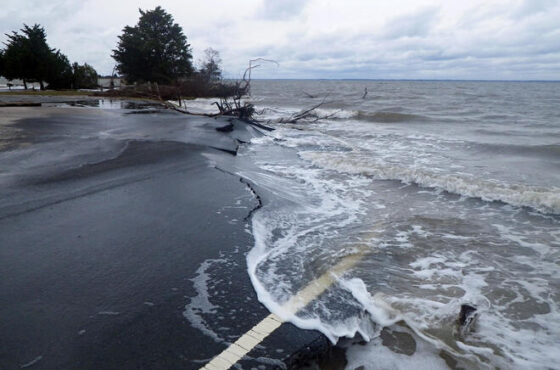EPA Rule on Nanotechnology Reporting is Good News
Published by the Natural Resources Defense Fund
Some good news from the U.S. Environmental Protection Agency!
EPA issued a Working Guidance for its Final Nanotechnology Reporting and Record-keeping Requirements Rule, which become effective this week, on August 14, 2017. This important rule establishes one-time reporting and record-keeping requirements for certain chemical substances when they are manufactured or processed at the nanoscale.
In early January 2017 EPA issued the Final Rule with many improvements that we had asked for in our public comments to the EPA docket (see my earlier blog for a summary).
EPA closed the loophole in the proposed rule that would have exempted nanoclays, zinc oxide, and nanocellulose from reporting requirements. This means EPA and the public will now have more information to make informed regulatory decisions about these materials.
EPA rejected industry arguments for a volume cut off below which no reporting would have been required. Such a threshold may have exempted many nanomaterials which are, of course, notoriously low volume due to their extremely small size.
EPA rejected industry’s request to exempt naturally occurring nanomaterials from reporting requirements.
EPA closed the loophole that would have exempted chemical substances manufactured as part of a film on a surface.
Maybe most importantly, EPA rejected all industry argument that EPA does not have the authority to issue this rule. EPA asserted its authority under the Toxic Substances Control Act (TSCA) section 8(a).
This rule – particularly with the above improvements – is a win for scientific transparency and public disclosure. However, it is not regulations or restrictions. Therefore, EPA must use the information it collects under this rule to inform policies that will protect human health and the environment from harmful exposures to these small-sized chemicals.
More about the rule is on EPA’s website. See my earlier blog on the loopholes.
EPA first started working on this rule in 2009, and, although the Rule has moved slowly through the regulatory process, nanotechnology has not. In the last decade (since 2005) EPA has received and reviewed over 160 applications for new nanomaterials, including the carbon nanotubes that look and act much like asbestos (see report by U Mass Lowell, 2014) .
Nanoscale chemicals (nanomaterials) are in products from all commercial sectors ranging from sports equipment to agrochemicals to clothing. Increased concern for potential health and environmental impacts of chemicals, including nanomaterials, in consumer products is driving demand for greater transparency regarding potential risks. To that end, we published the results of our research using the GreenScreen hazard assessment method to show both hazards and data gaps for conventional silver and nanosilver approved by EPA for commercial uses (Sass et al 2016). The ability to conduct hazard assessments like the GreenScreens we published depends on reliable and publicly available information. EPA’s Rule is an important tool to gather relevant data on nanomaterials to inform hazard assessment, regulatory decisions, and industrial product design and development.

Understanding nanometer size; NCI National Cancer Institute Understanding nanometer size; NCI National Cancer Institute
Read the full article at: https://www.nrdc.org/experts/jennifer-sass/epa-rule-nanotechnology-reporting-good-news





